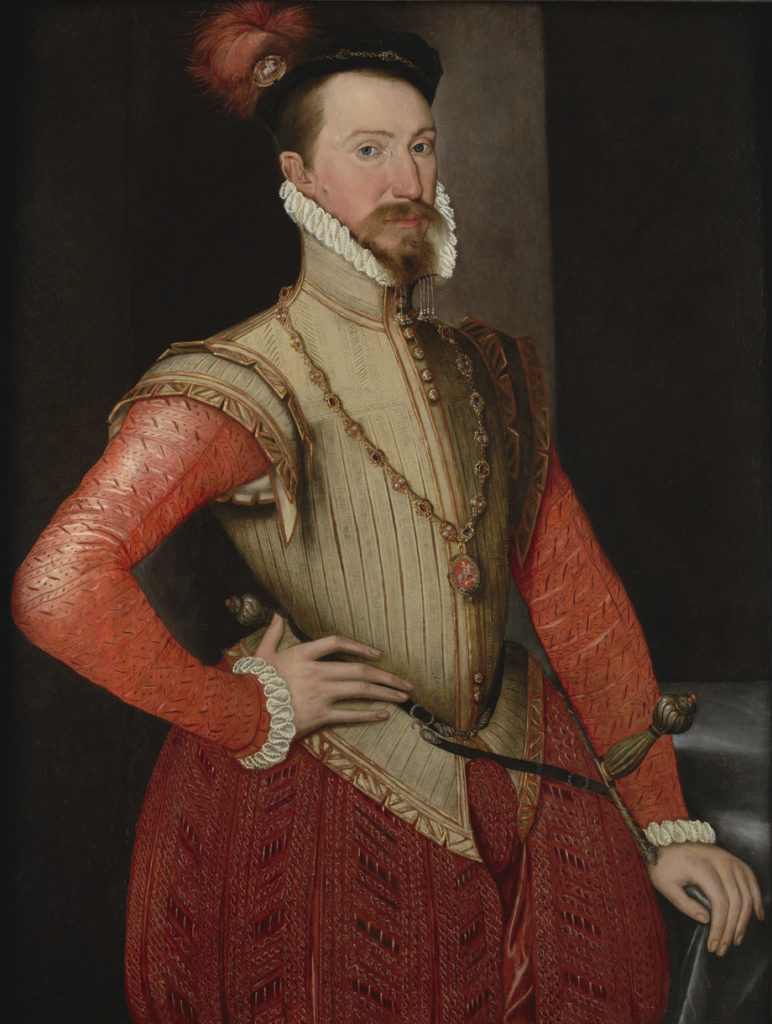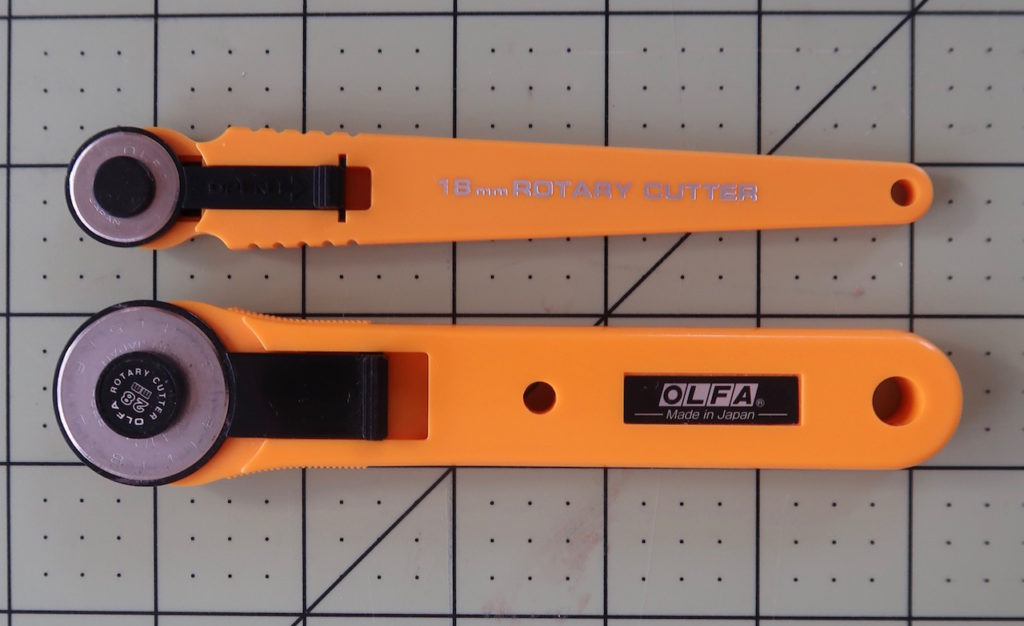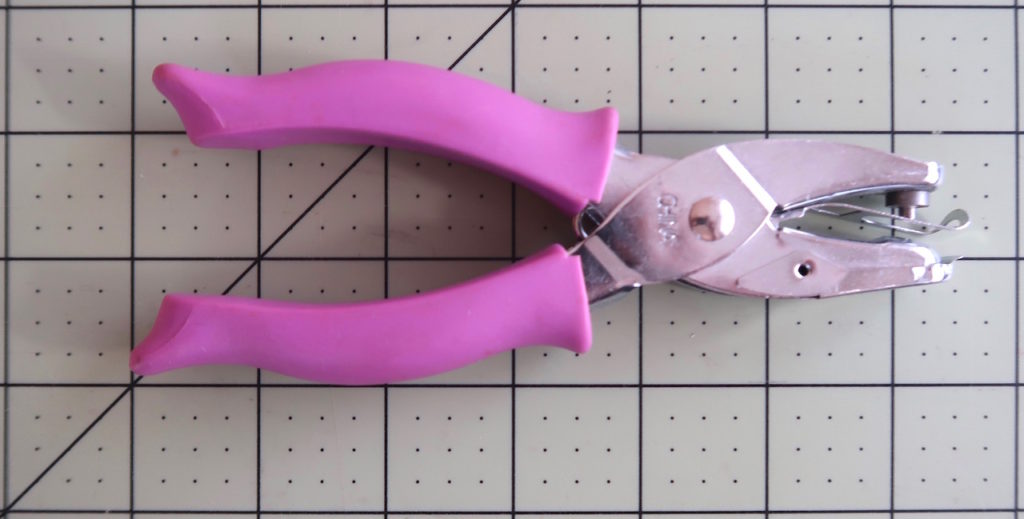One of the most iconic things about Elizabethan and Jacobean clothing is slashing. You can do it with the right fabrics and the right tools. You do not need special cutters but they are out there and are fun to experiment with. I have 6 challenges in the form of .pdf you can download and try. I originally created them for a class at CoCo and it went well. Of course you will be working with sharp tools so do be careful. Check the end of the article for the section on tools.
Just a note on fabrics. Lightweight (garment weight) leather is a good choice. Wool, the most useful is felted wool, sometimes called wool flannel. Then double sided silk bridal satin would be the best choice but you can make small slashed in other tightly woven silks.

Challenge 1: small pattern cuts thru many layers of fabric. To do the cutting on this challenge you will need a narrow e-xacto chisel blade. Caption and photo credit in the pdf.

Challenge 2: wavy cuts in wool. To do the cutting on this challenge you will need a wavy rotary cutter. Caption and photo credit in the pdf.

Challenge 3: “I” bar in silk. To do the cutting on this challenge you will need a narrow and a wide e-xacto chisel blade. Caption and photo credit in the pdf.

Challenge 4: cuts between rows of trim. To do the cutting on this challenge you will need a small rotary cutter. Caption and photo credit in the pdf.

Challenge 5: Advanced pinking. To do the cutting on this challenge you will need a narrow and a wide e-xacto chisel blade. Caption and photo credit in the pdf.


Challenge 6: Leather pinking. To do the cutting on this challenge you will need a narrow and a wide e-xacto chisel blade and a small hole punch and a wavy rotary blade (white sleeve). Caption and photo credit in the pdf.


Olfa makes standard size rotary cutters but they also make two smaller sizes. I prefer the smaller sizes mostly for shorter cuts over 1/2″. You have more control on where the cut starts and ends.

Olfa also makes Zig-zag blades for their standard size rotary cutters. In two waves one that looks like the cut from pinking shears and one that has much bigger waves.

x-acto makes holders with interchangable blades. These are all very useful for slashing you hold then over where you want the cut and push down. If you are cutting thru more than one layer you might want to use a small wooden mallet. The red one has a 1/2″ chisel blade then there is a 1/4″ chisel blade. Those are the standard blades.
The two bottom ones I made by grinding the metal from the edge of a 1/4″chisel blade until it got down to what I needed for the small cuts. I was a little worried that the heat produced by grinding it would make it dull but it did not.

Here is my baby. A replica of an Elizabethan Cutter. It really works well with a mallet. It was custom made for me. There are folks out their that make them still, just search the web.

For punching small holes you can use a small scrapbooking hole punch if the holes are near the edge but if not than you can get a set of leather hole punches (Tandy still makes them). They have interchangeable heads and you use them with a mallet. On etsy you can get other shapes of cutters like small stars. Janet Arnold’s book pattern of fashion has a leather doublet with star holes punched out. Pg. 69 C 1560 Museum of London.